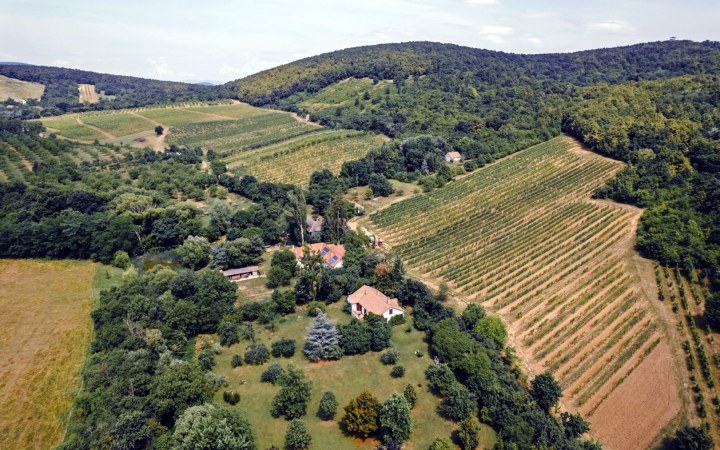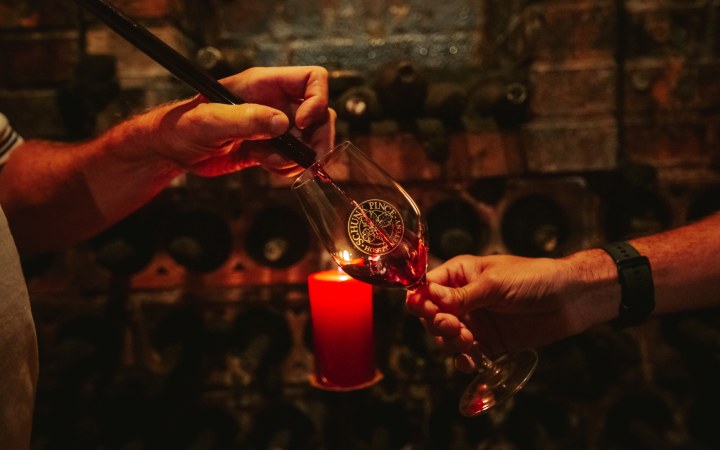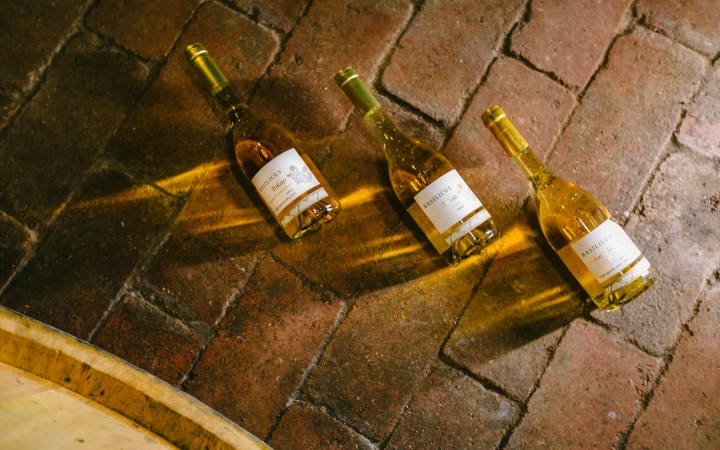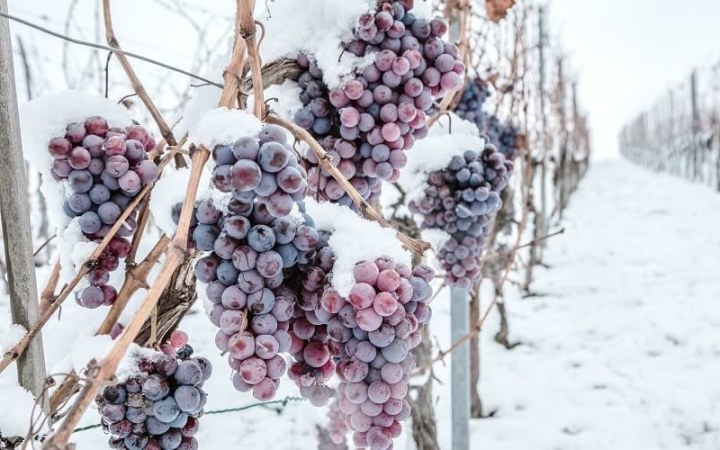The Romans stationed in the Carpathian Basin soon realized that certain areas of Pannonia, with their location and climate, were perfectly suitable for viticulture, and they started growing grapes, especially in the Balaton Highlands and Szerémség. Their work was so successful that Emperor Domitian eventually banned wine production in our country because it rivaled Italian wines. It was Emperor Probus Valerius who later re-planted vineyards in Hungary, including around Tarcal and Olaszhegy, from where the science of winemaking spread to Baranya and the Balaton region.
From the era of the invasions, relatively few written sources have survived (regarding the history of winemaking), but it is certain that the Hungarians were fond of wine, and they plundered a lot of it during their campaigns, including from the Western Roman Empire. Hence, it's no surprise that wine became the main drink during major meals and ritual feasts, replacing mead, as its harder accessibility endowed the delicious liquid with higher value. Later, the Hungarian winemaking was greatly influenced by Christian missionary orders, such as the Benedictines, and later by Italian, Burgundian, and Anjou immigrants who added their knowledge to the process. In the Árpád era, several prominent wine regions are noted in the territory of Greater Hungary, such as Szerémség, the Balaton Highlands, Szekszárd, Somló, Rust-Sopron, Buda, and Arad.

After the medieval flourishing, the Turkish occupation brought decline to winemaking. However, at the end of this period, in 1655, the strict punishment of wine adulterators was first laid down in law. Laws aside, quality wine production restarted during the Austro-Hungarian Monarchy (1867-1918), as serious work began in vineyards and wineries. This was largely thanks to Count István Széchenyi, who often dealt with the issue of Hungarian wine production in his works. In his creation "The World," for example, he argued that Hungarian winemakers used outdated technology and primitive wine-making processes. Széchenyi favored wines from Sopron, Badacsony, and Somló, but his favorite was the now world-famous Tokaji Aszú. His degrading opinion on winemaking and export naturally did not find success among the nobility, but he was one of the main drivers of changes in the second half of the 19th century. The brief revival ended with the phylloxera plague of the 1870s, which decimated the vineyards of Europe, including Hungary. Initially, they tried to counteract this by shifting viticulture to sandy soils, but ultimately, the solution came from grafting noble European vines onto American rootstocks.
After World War II, a shift in mindset occurred in Hungarian winemaking, as the focus shifted towards quantity over quality. As a result, the post-1948 period was characterized by ill-considered decisions. During socialism, the redistributed large estates were fragmented, and often the land fell into the hands of those who did not understand viticulture. The decreasing manual labor force and the lack of mechanization further worsened the already dim situation. Between the '60s and '80s, state farms and cooperatives received substantial state support for the development of viticulture and winemaking, leading to large-scale production even in areas where the terrain did not justify it.
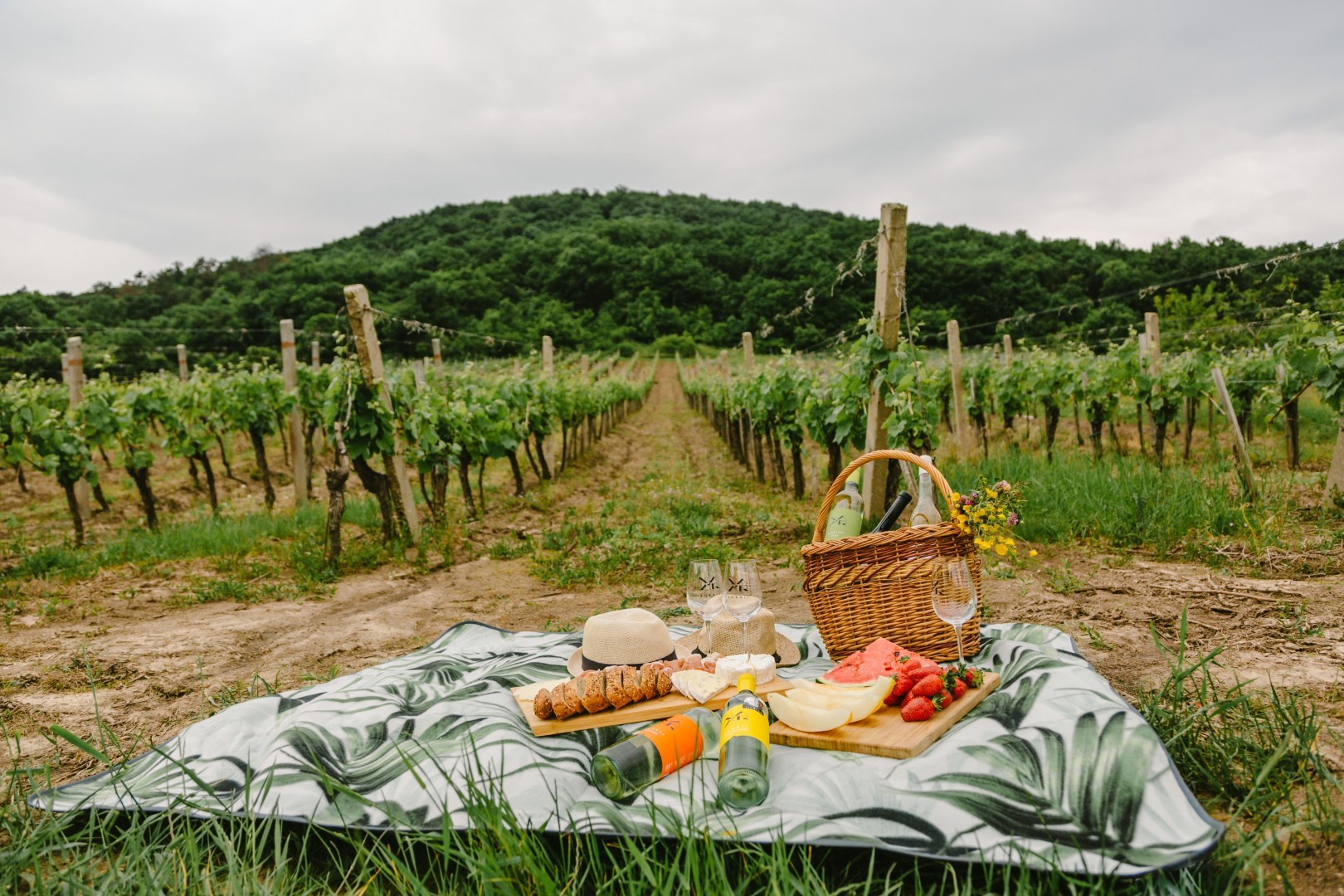
The decline in quality finally ended with the accession to the European Union in 2004, as the community's quality regulations encouraged continuous improvement among producers. Additionally, domestic regulations in 2011 also brought an upswing in quality and origin in our country. Unlike Italy and Spain, in Hungary, for more than a decade, areas suitable for viticulture have played a prominent role in the economy, where little else is grown: this gives landowners the opportunity to focus exclusively on viticulture and wine production.
The wine regions of the Carpathian Basin, in their diversity and authenticity, are certainly worthy of fair competition with the world's most renowned terroirs. Preserving the treasures of our wine regions is our common responsibility and one of the most important guarantees of cooperation between generations.

